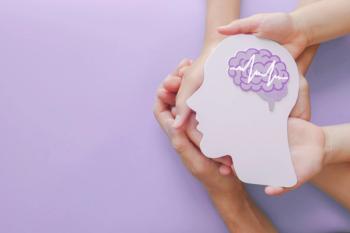
|Slideshows|July 7, 2017
8 Core Principles When Treating Addiction in Adolescents
The main goal in treating addiction is to help the patient achieve and improve functioning. When that patient is also an adolescent, there are special considerations. Here's a quick primer.
Advertisement
 View the slides in PDF format.
Newsletter
Receive trusted psychiatric news, expert analysis, and clinical insights — subscribe today to support your practice and your patients.
Advertisement
Advertisement
Advertisement
Trending on Psychiatric Times
1
December in Review: Updates on the Psychiatric Treatment Pipeline
2
Misguided Values of AI Companies and the Consequences for Patients
3
The Psychiatric Pipeline in Review: Quarter 4, 2025
4
Southern California Psychiatry: Review of New Agents in Schizophrenia and Dementia
5




